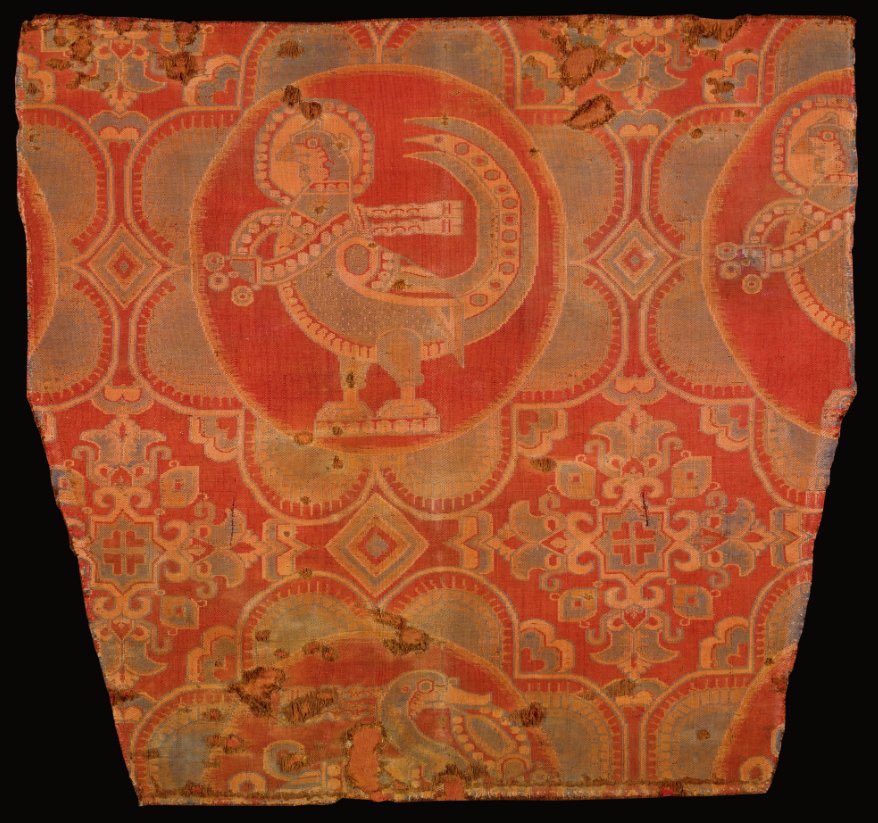
Hi there, @fran__olmos one day more talking about Central Asia in Iranian history. Today we will discuss about the rivalry between the Safavids and the Shaybanids from the Khanate of Bukhara, who for a century fought over the possession of Khorasan fo/1 
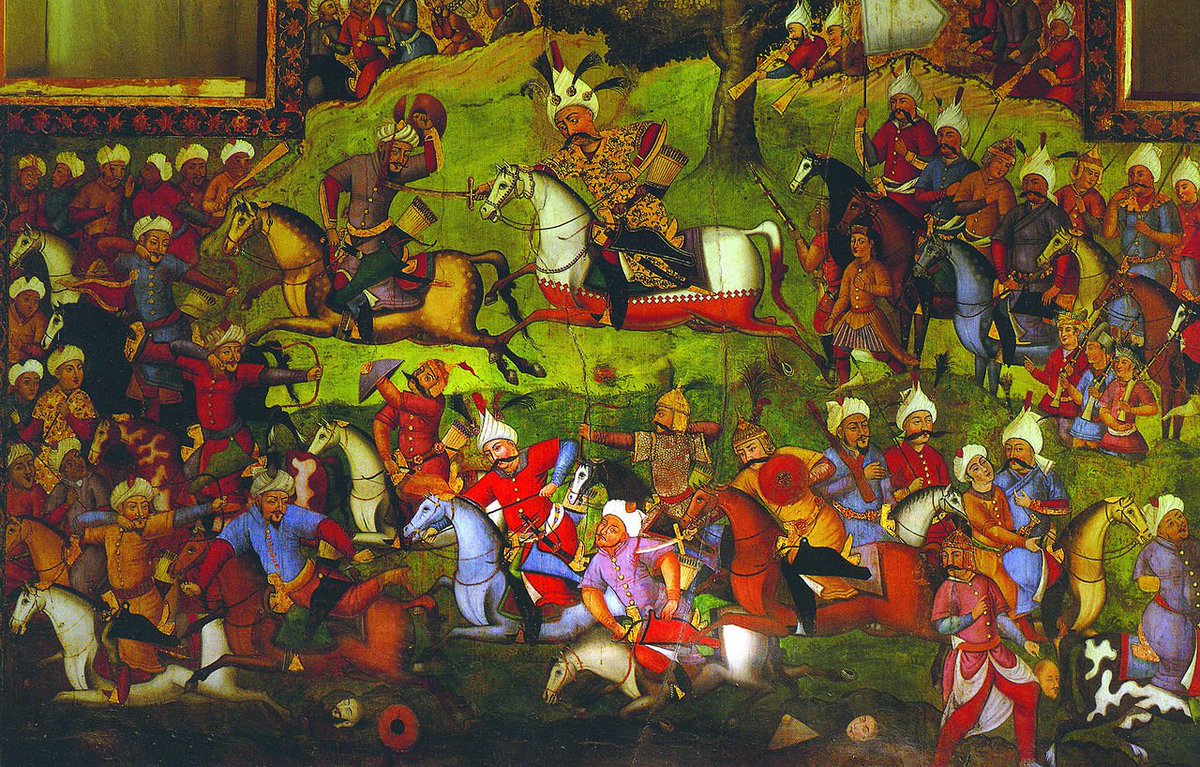
The Shaybanids were an Uzbek dynasty that ruled Transoxiana and parts of Khorasan during the 16th century. Descendants of Genghis Khan’s eldest son, they became Turkified in the steppes of Central Asia and Siberia fo/2 
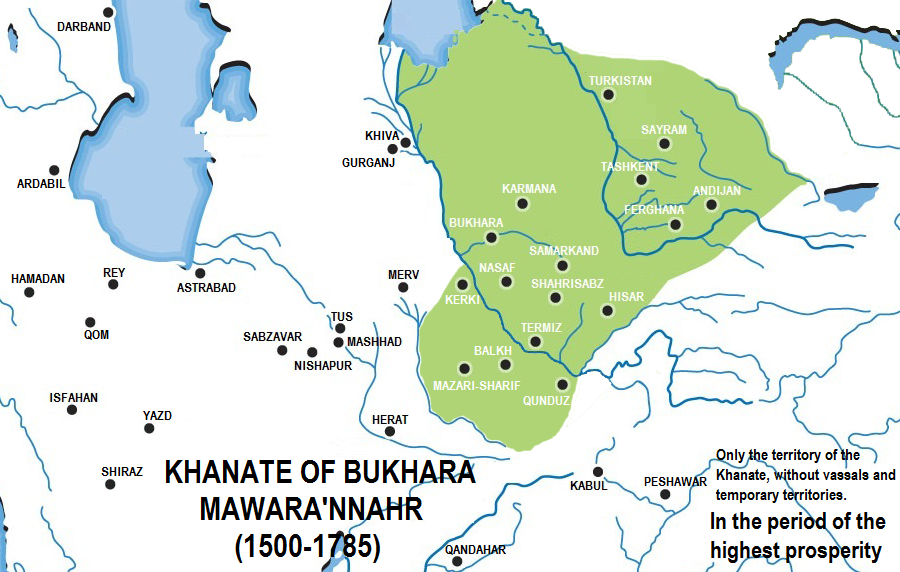
They first emerged in the mid-15th century under the leadership of Abul Khayr Khan, but it would be his grandson Muhammad Shaybani (1451-1510) who, after defeating the remaining Timurids princes, would establish the Khanate in Transoxiana fo/3 
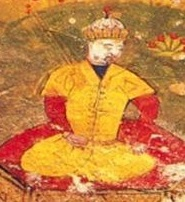
Once he had complete control of the lands beyond the Amu Darya, Shaybani advanced into Khorasan. It would be here where the conqueror would clash with Persia’s upcoming Safavids, who had recently established themselves fo/4 
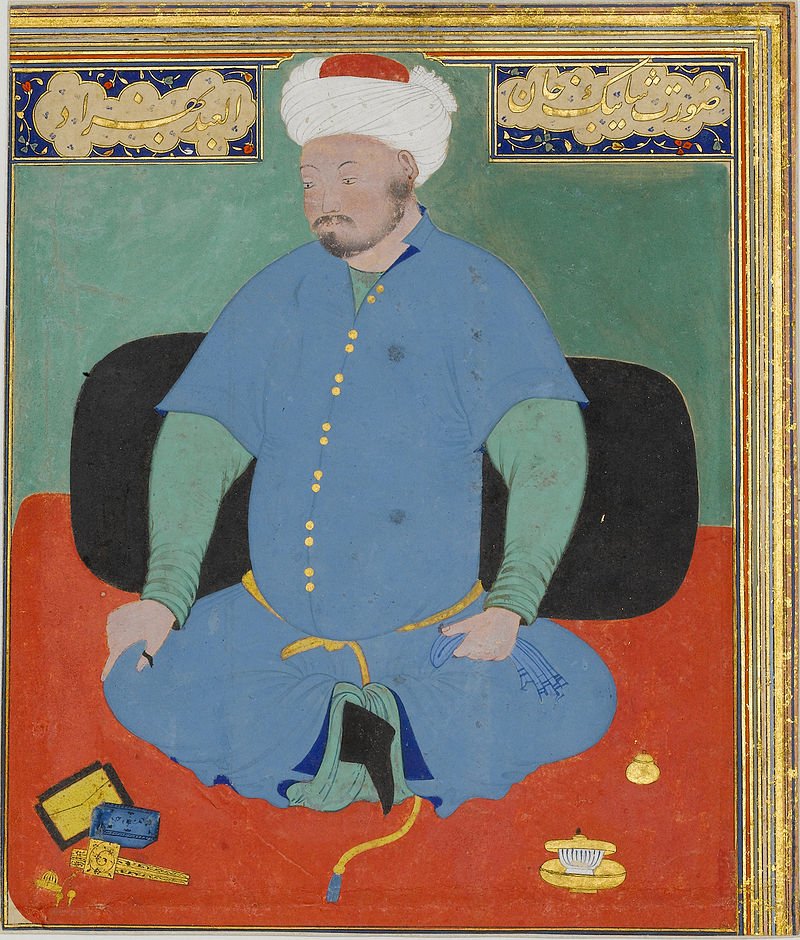
Shah Ismail I, founder of the Safavid dynasty, alerted by the Shaybanid conquests, decided to confront them. Both armies clashed near Merv and the Safavids, using the classic nomad tactic of the feigned retreat, were victorious fo/5 
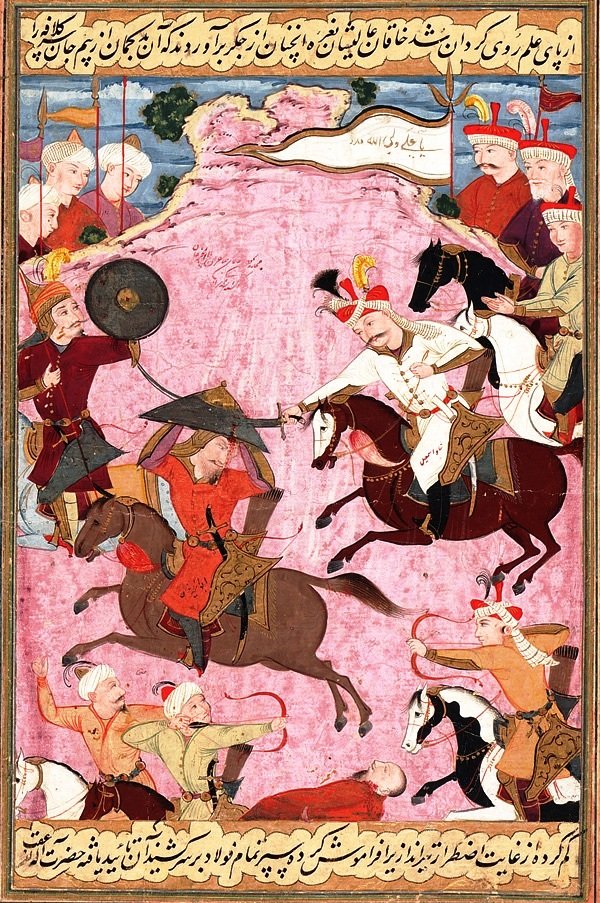
The Shaybanid army was cut to pieces and its leader captured. Ismail had Muhammad beheaded and had his skull turned into a drinking goblet. Not even George R.R. Martin would have thought of that fo/6
With the Shaybanids weakened, Babur, founder of the Moghul dynasty, tried to retake once again his territories in Transoxiana. The Timurid appealed to the Safavids for help and Ismail sent an army lead by his minister of finance, the nobleman Najm-e Sani fo/7 
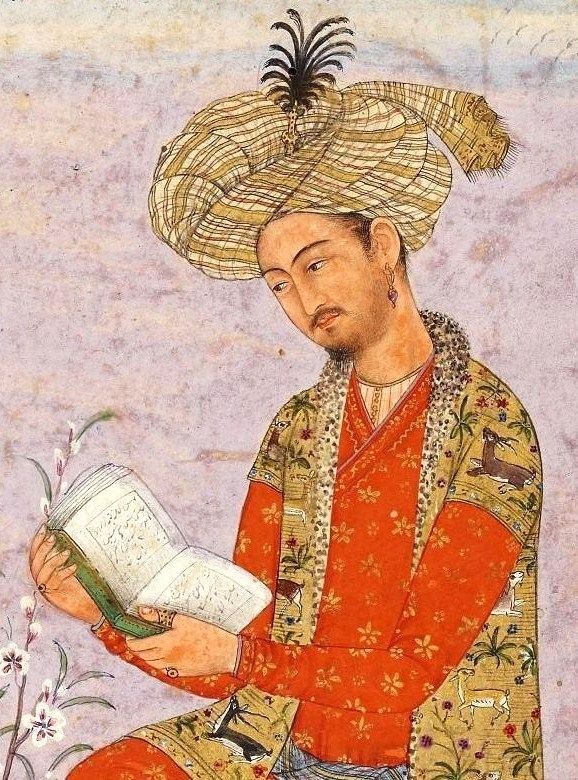
After initial success, with the Persians invading Transoxiana and the Shaybanids in the run, both sides met in the battle of Ghazdewan (1512). This time the Uzbeks were victorious: Babur fled Transoxiana, Najm-e Sani was killed in battle and the Uzbeks had a new hero fo/8
Ubaydullah, commander at Ghazdewan, became the Shaybanid military leader and later khan (1534-1539). He led numerous campaigns in Khorasan against the Safavids. Cities like Herat, Mashhad and Astarabad changed hand multiple times fo/9 
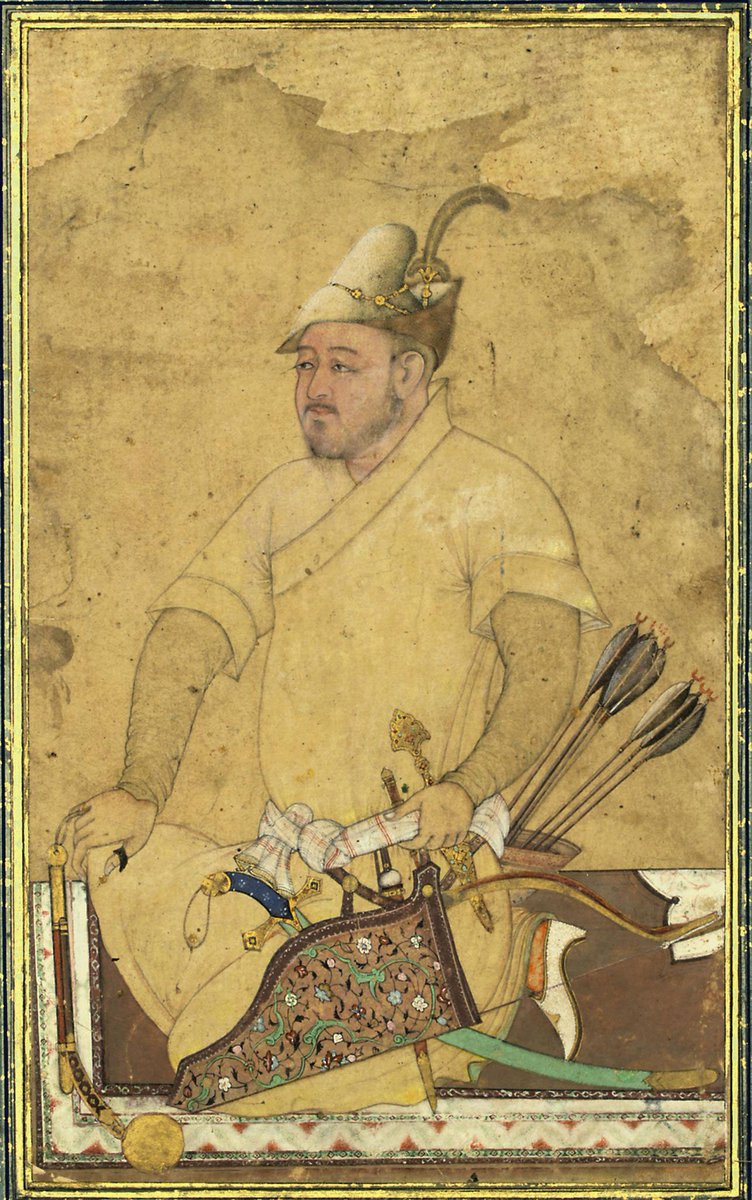
It is said that the Mir-i-Arab madrasah in Bukhara, were Ubaydullah is buried, was built from the wealth and plunder obtained from these Persian campaigns. However, the Uzbeks couldn’t take permanent hold of their conquests fo/10 
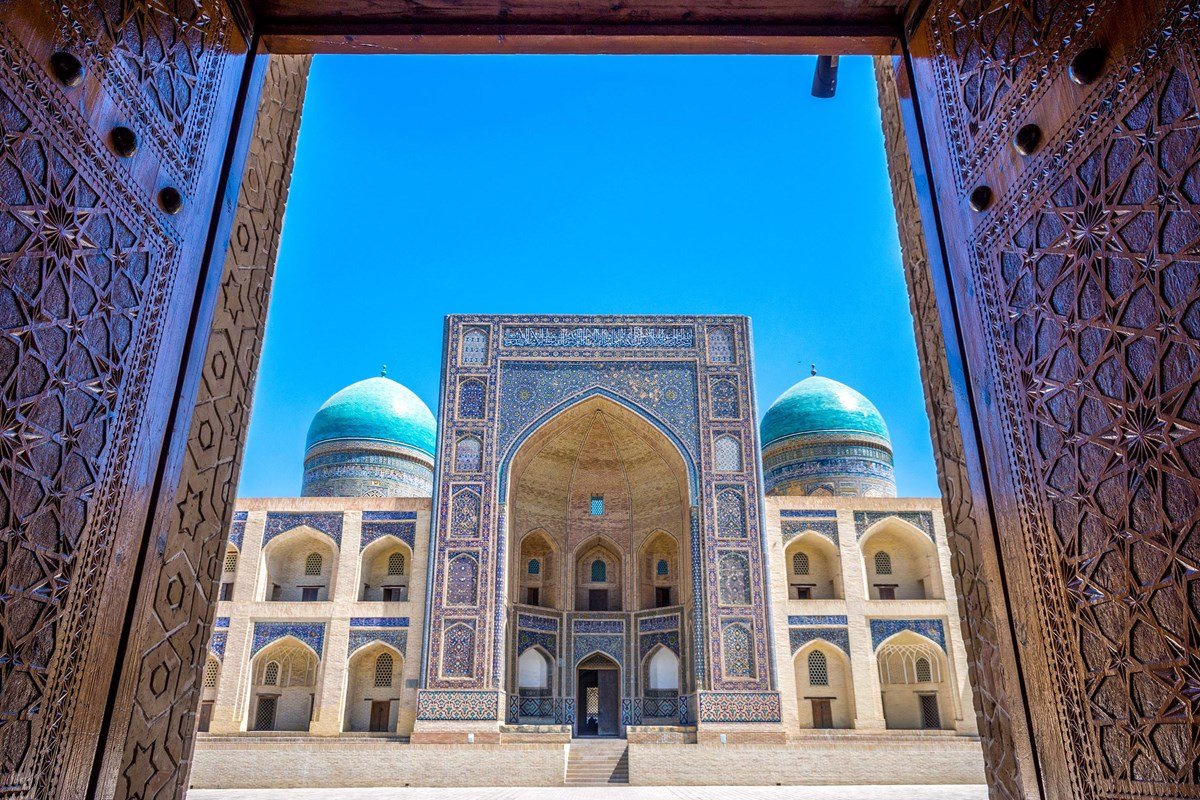
During these times, the great Safavid ruler Tahmasp inflicted a serious defeat to the Uzbeks near Jam (1528). With his support, Babur’s son Humayun captured Hisar (🇹🇯), north of the Amu Darya, but the conquest was short-lived fo/11 
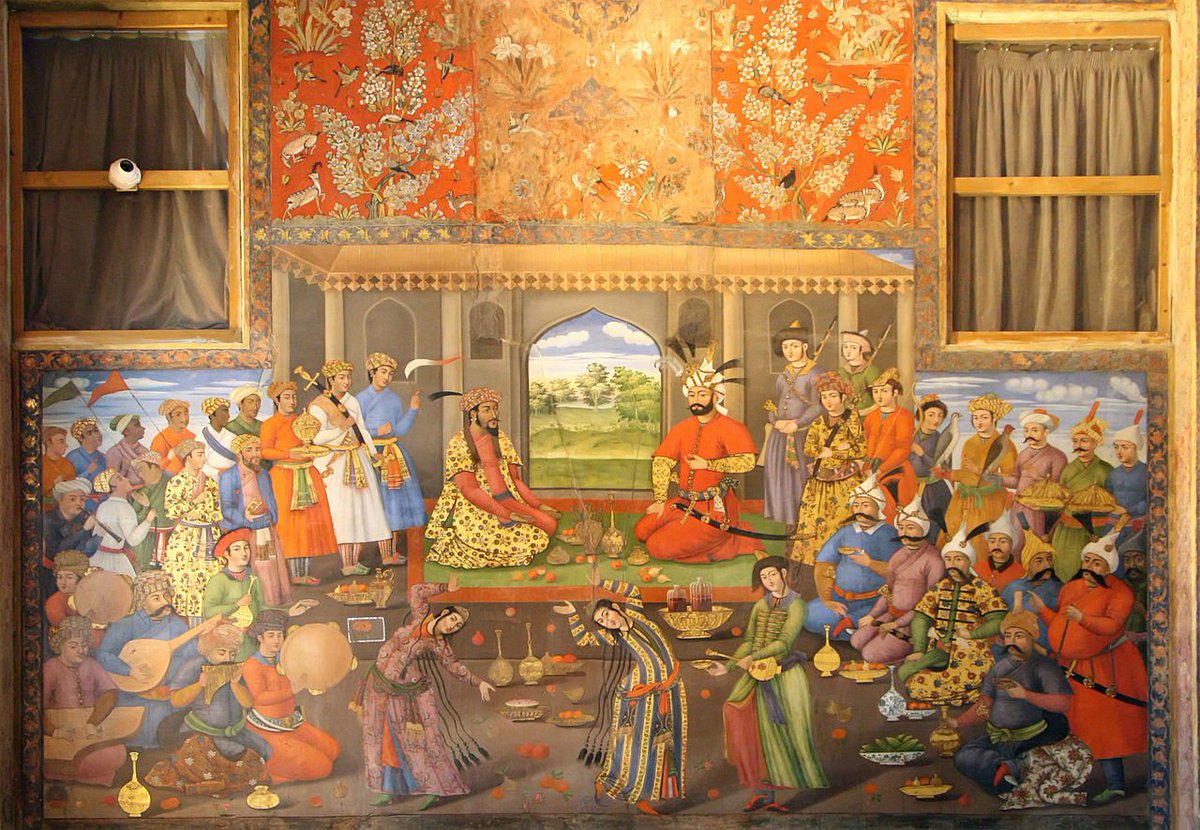
After Ubaydullah’s death, the Uzbeks faced a period of instability, with 4 different khans in 22 years. This benefited the Safavids as its eastern border remained calm and they could focus on the Ottomans in the west. This all change with the arrival of Abdullah Khan II fo/12
The rise to power of Abdullah Khan II in 1561 (khan in 1583), one of the greatest Shaybanids, made the Uzbeks once again a force to be reckoned with. After reuniting the Shaybanid territories he resumed the campaigns against the Safavid in Khorasan fo/13 
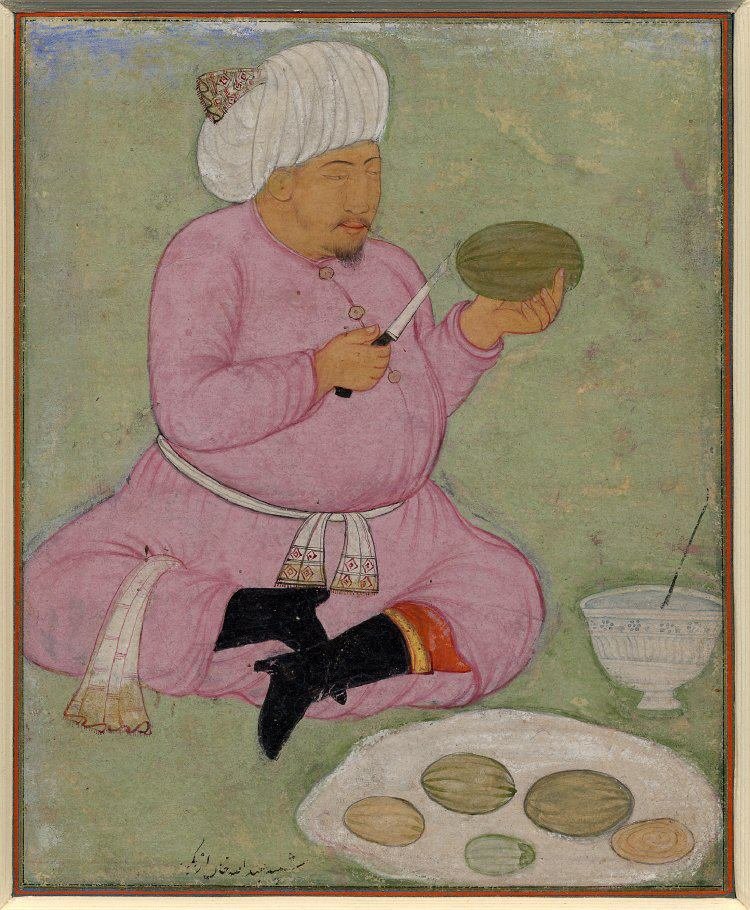
He took and conquered all the strong points in Khorasan between Herat and Astarabad, including Sabzevar, Esfarayen and Tabas. In Herat he placed as governor the able and loyal Qulbaba, the khan’s kukeldash or “foster brother”, who held the city for over a decade fo/14 
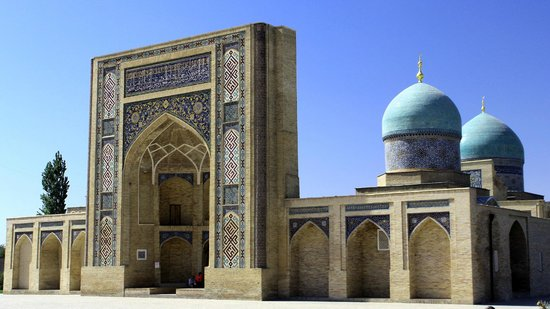
The Shaybanid threat disappeared with the death of Abdullah Khan II in 1598. His son, cruel and rash, was murdered a few months after succeeding him and with his death the Shaybanid dynasty of Bukhara came to an end fo/15 
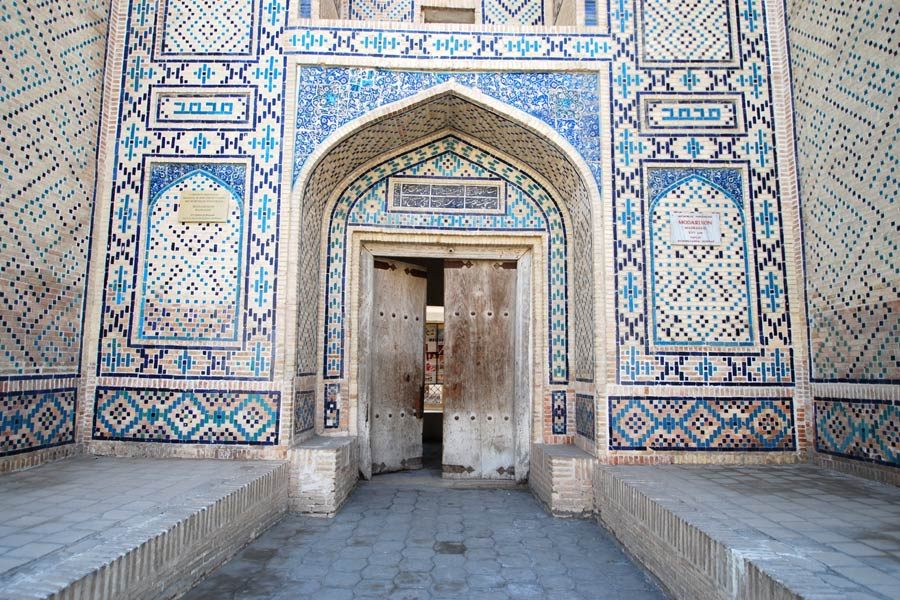
The internal situation of the dynasties, whether the anarchy in Transoxiana between the Ubaydullah and Abdullah Khan II or the chaos that followed Shah Tahmasp’s death, influenced who had the upper hand in the conflict fo/16
Both the Shaybanids and the Safavids used diplomacy against each other. The Shaybanids reached out to the Ottomans, who provided them with some material help and expertise, but a coordinated West-East pincer attack didn’t happen fo/17 

Likewise, the Safavids supported Babur in his Central Asian aspirations. In addition, later on they tried to persuade, unsuccessfully, his Mogul descendants to open a new front and wage war against the Shaybanids fo/18 
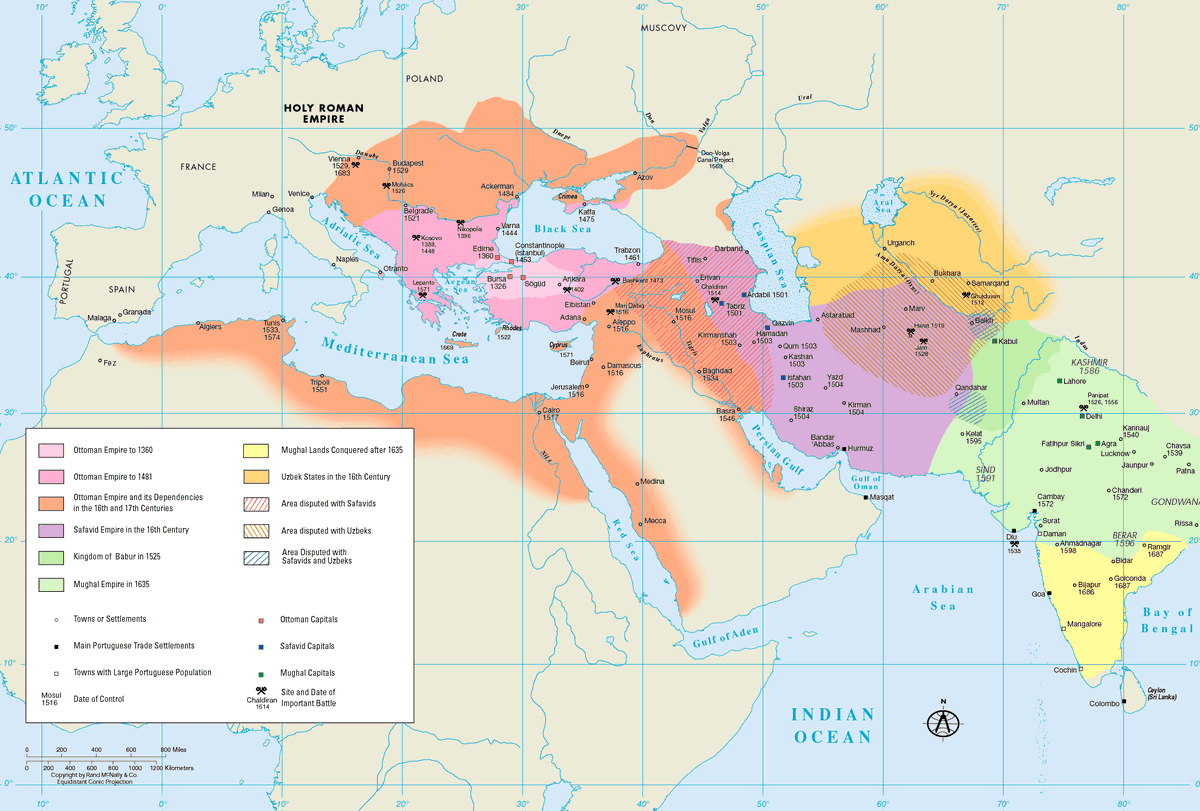
Far from uncivilized nomads from beyond the Oxus, the Shaybanids were patrons of the arts, their rulers wrote verses in Persian and Turkic and they enriched their capital, Bukhara, with a dazzling array of buildings that can still be seen today fo/19 

• • •
Missing some Tweet in this thread? You can try to
force a refresh







